Making Walking Cool Again: Walk21 Tirana
Earlier this month, Dagmar Köhler headed to Tirana, Albania, to speak at the Walk21 conference. The conference celebrated the simplest, most fundamental form of human transportation: walking. What she discovered was a city in the midst of an inspiring shift toward becoming a true walking city. Besides interesting architecture, and redesigned school streets, Dagmar also encountered extraterrestrial visitors.
When Anuela Ristani, the acting Mayor of Tirana, welcomed the furthest-traveled guests of Walk21, it wasn’t a delegation from Down Under, these were aliens. They landed in the dark right next to the Pyramid, the striking concrete structure at the heart of the city that served as our conference venue. It was a surreal, humorous, and somehow fitting start to a week that celebrated walking as the most human—and yet, in Tirana, most newly rediscovered—form of transport.
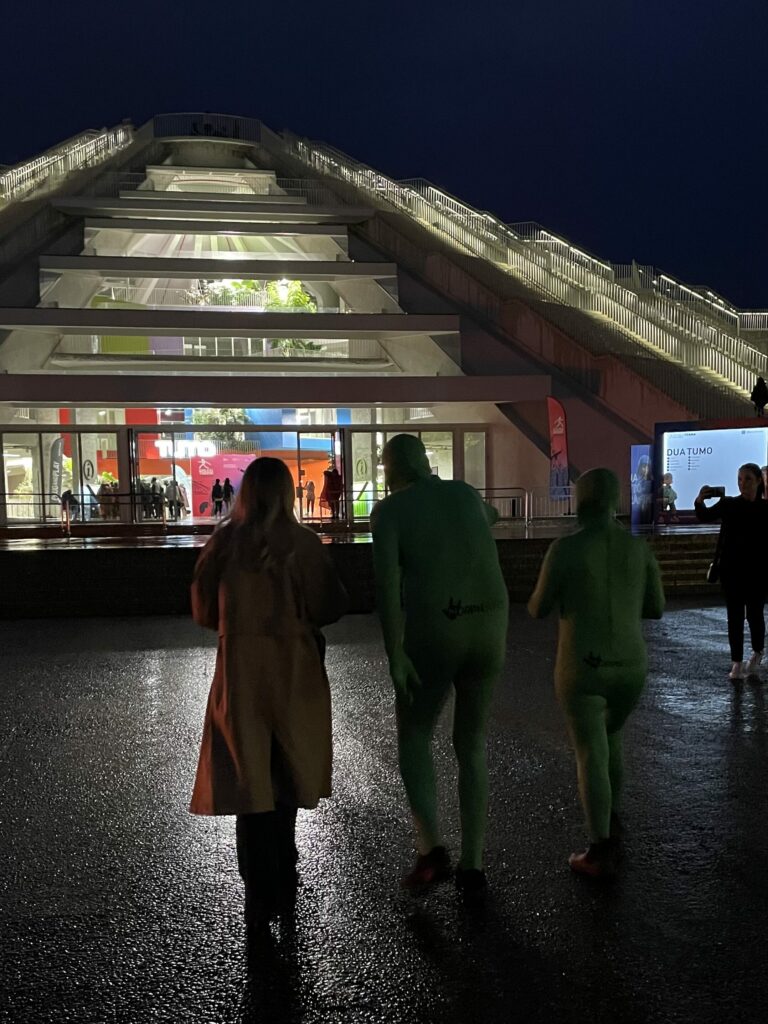
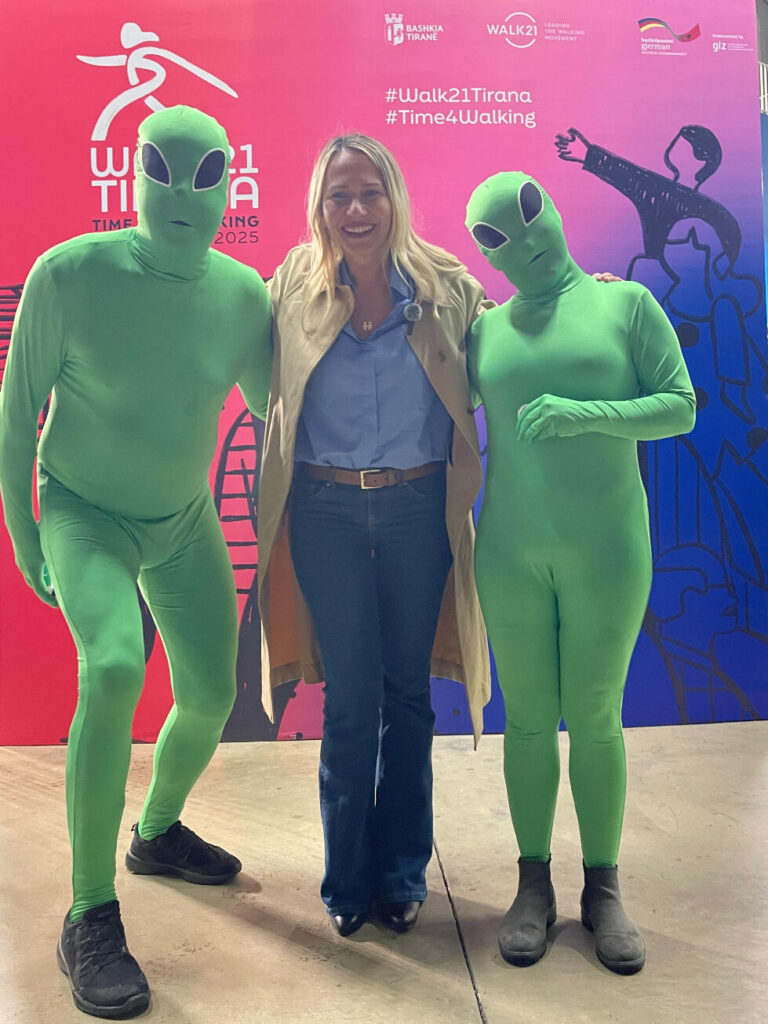
Tirana: Where Bold Ambition Meets Urban Contrasts
Anuela had been to Walk21 in Glasgow years ago, and there she made the bold decision that Tirana, Albania’s vibrant, transforming capital, would one day host Walk21 itself. In 2025, she made it happen. And what a host city it turned out to be.
Tirana is full of contrasts: bunkers turned museums, a skyline sprouting skyscrapers that look like they’ve escaped the pages of a sci-fi comic (including one resembling the map of Albania, or one in the shape of Albania’s national hero, Skanderbeg), and a pyramid reborn as a cultural hub. The currency switches seamlessly between Lek and Euro (a convenience every visitor appreciates: 100 Lek equals 1 Euro). The city hums—literally—with the constant honking of car horns, which must be some kind of urban morse code of communication.
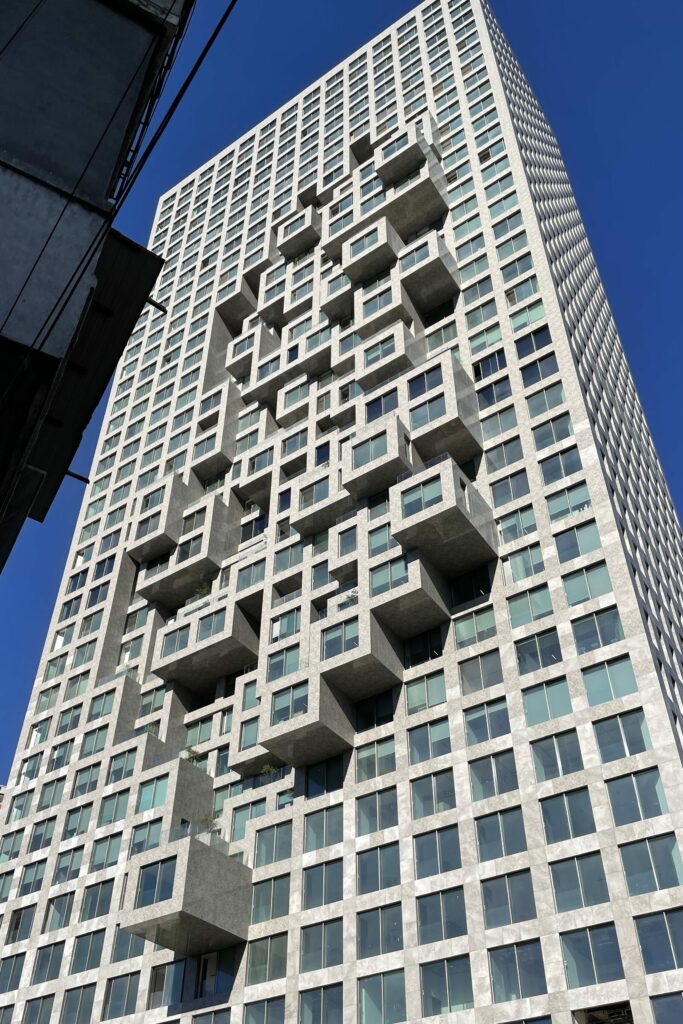
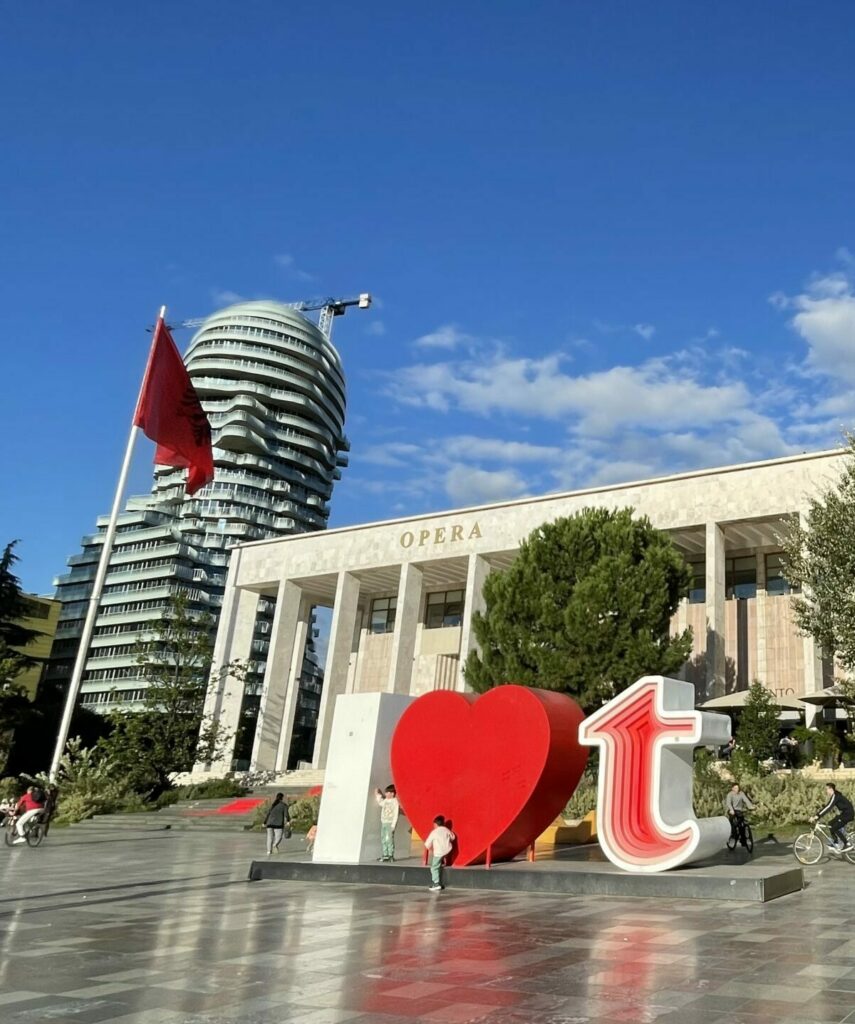
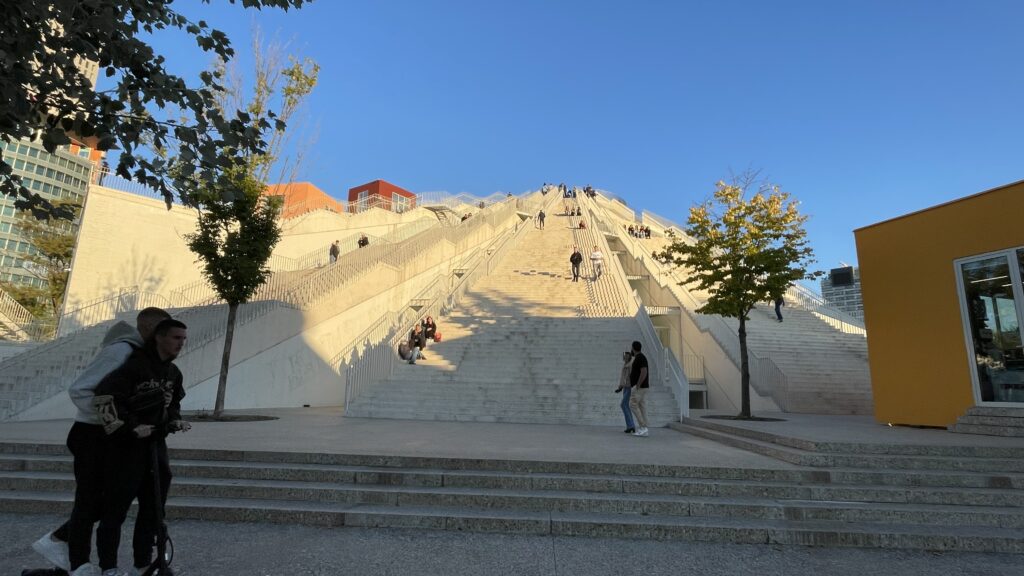
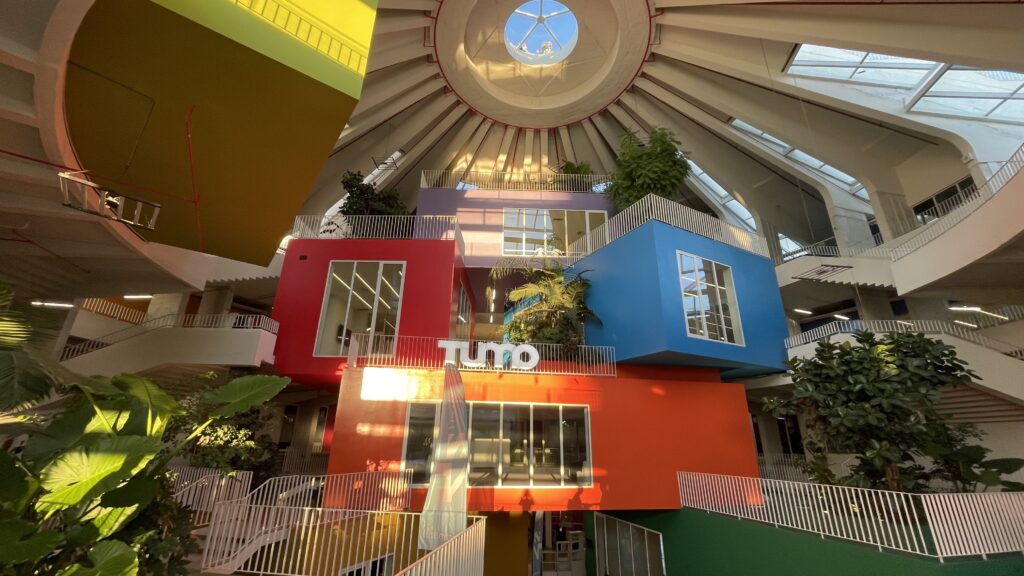
From Green Rings to Aliens
I was in Tirana to present on green rings in cities, networks connecting active mobility routes with green spaces and biodiversity, and which we had recently supported the German city of Rheine in developing, and to moderate a session on assessing walking. From routing and soundscapes to the curious case of the “smartphone zombie” and the post-flâneur, we had good debates with speakers from Albania, Italy, and Turkey. And I happened to meet the aliens and guide them around as they landed to study space here on Earth.
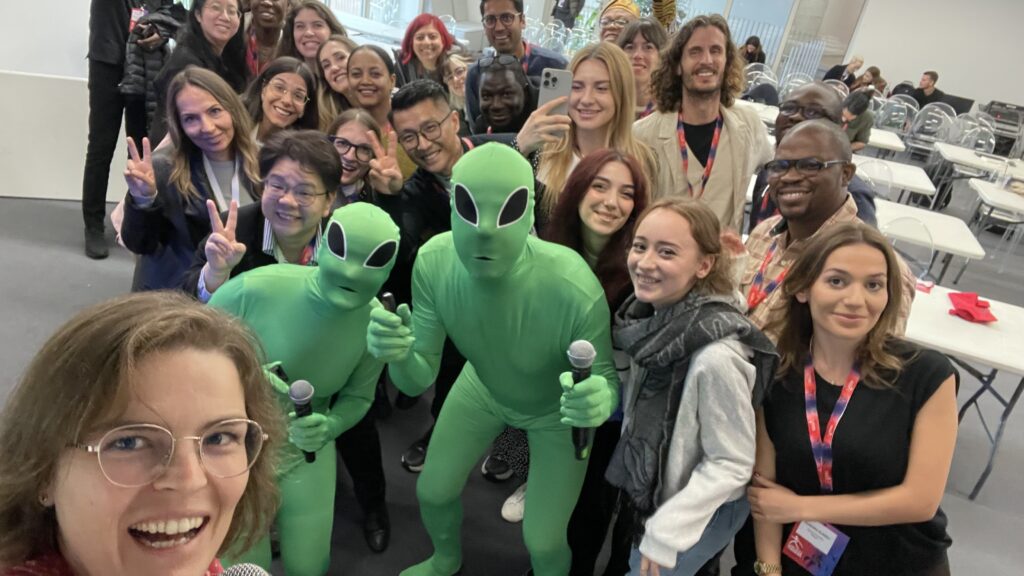
Mobycon’s Work in Tirana
At Mobycon, we’ve known Tirana for a while. Since 2016, we’ve worked with the city to plan its first cycling network, conduct workshops, and host study tours. Seeing the progress on the ground—especially around new school streets—was deeply rewarding. The honking even stopped there! These redesigned streets, colourful and self-explanatory, showed that with clear design and reclaimed space, you can change habits faster than you’d think.
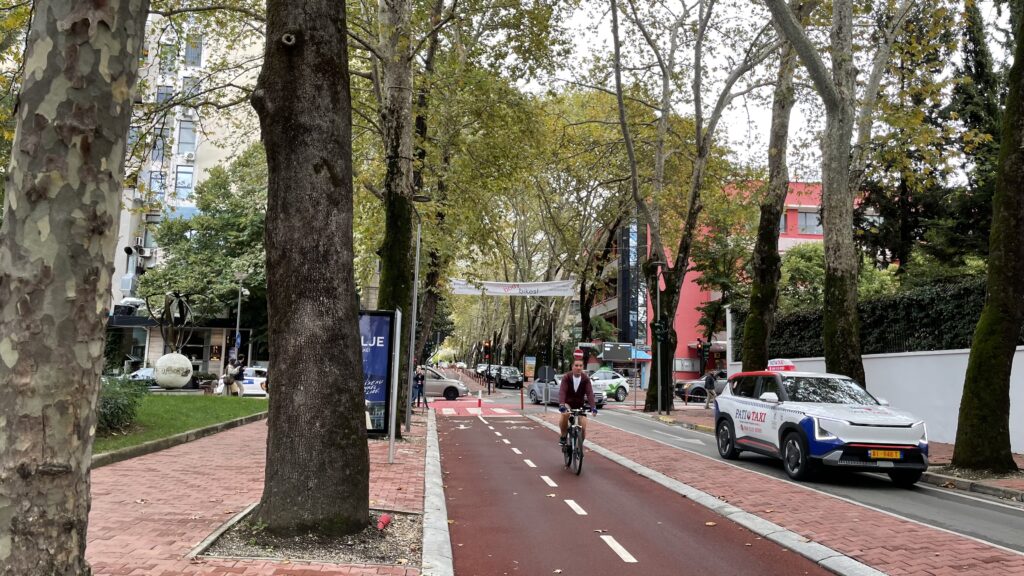
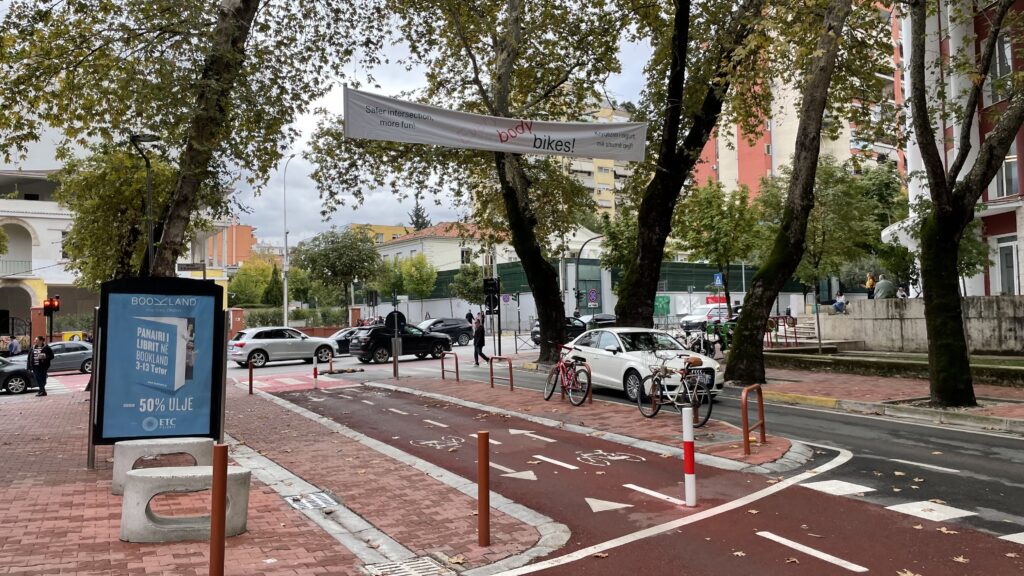
Unexpected Highlights
The conference itself was buzzing: 500 participants from 50 countries, each with a shared belief that walking can—and should—be at the core of sustainable mobility.
There were so many highlights. The Prime Minister of Albania addressed us with genuine enthusiasm. Dinner one evening turned into an unforgettable concert, when the Ministry of Defence’s own rock band burst into action right as the meal began. And there was the exclusive reception at Enver Hoxha’s, the former dictator’s villa, a place normally closed to the public. Even local participants stepped inside for the very first time.
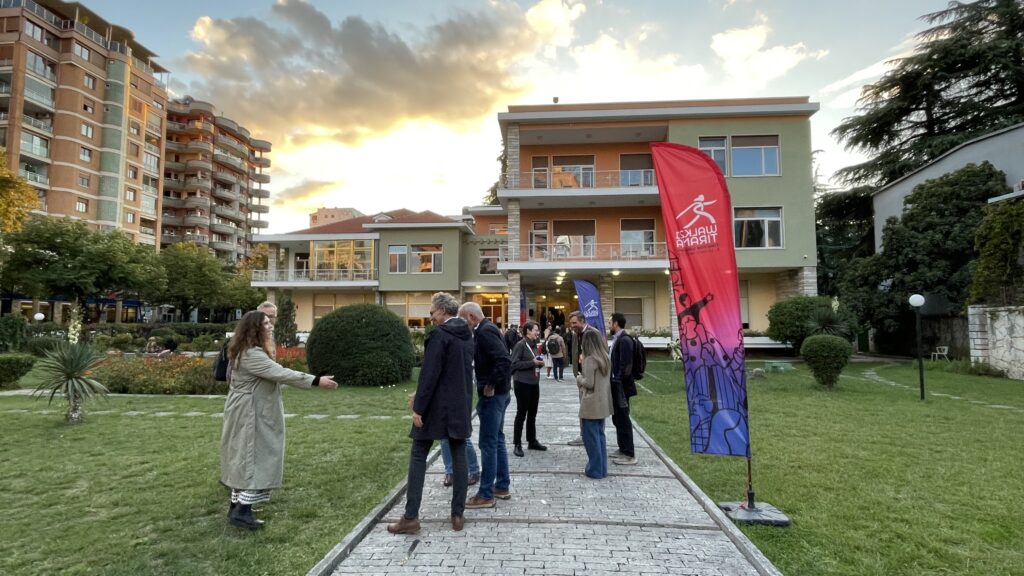
Rediscovering Walking
What stuck the most was the shared political and professional narrative: Make walking cool again. After 1990, walking came to symbolise the past, something to leave behind in a rush toward modernity and motorisation. Yet Tirana is rediscovering walking. There is obviously a need for improvement regarding accessibility, safety, comfort, and intersection design, alongside good practices.
Skanderbeg Square, until 2016 dominated by cars, is now one of the largest pedestrian zones in the Balkans. Since its redesign in 2017, it has been a stage for daily urban life, festivities, markets, children, tourists, and locals alike. No two mornings ever looked the same. It’s no wonder the project won the European Prize for Urban Public Space in 2018.
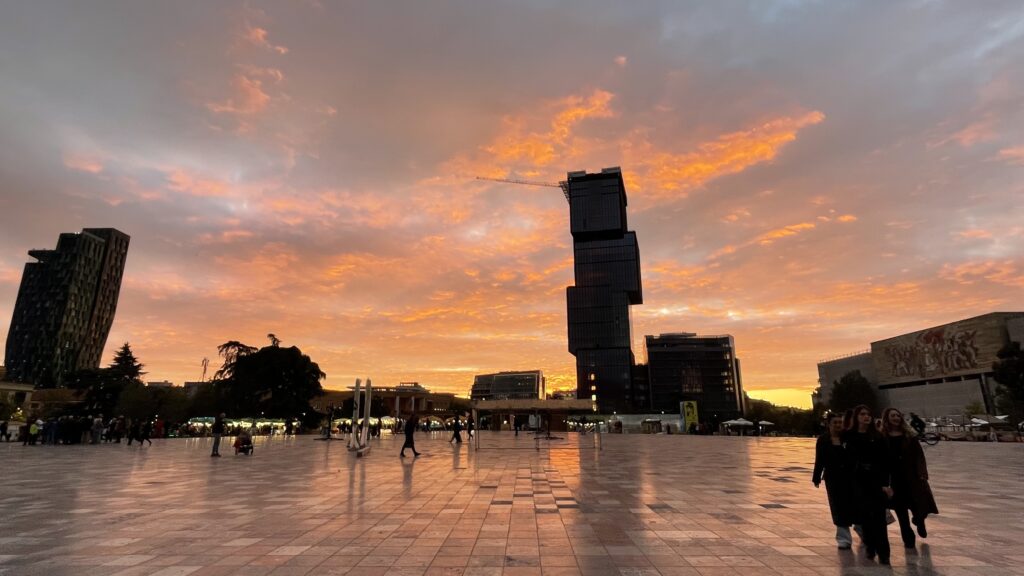
If You Can Make Walking Cool in Tirana, You Can Make It Cool Anywhere
Everywhere I looked, I saw energy, optimism, and ownership. Walking wasn’t just a conference topic; it was a movement. The passion of local professionals and citizens was infectious. Discussions on school streets and children’s mobility came up again and again, from Paris to Tirana, from Vietnam to Romania. Everyone here understood: cities that work for children work for everyone.
I also learnt at Walk21 that 2026 will mark the start of the UN Decade of Sustainable Transport. Walking will have to take centre stage. It is the most sustainable of all transport modes.
Walk21 will be back in 2027 in Montreal. Until then, we at Mobycon and many of the inspiring people I met in Tirana will do our part to make walking cool again.
Because, as Anuela had put it, if you can make walking cool in Tirana, you can make it cool anywhere.

